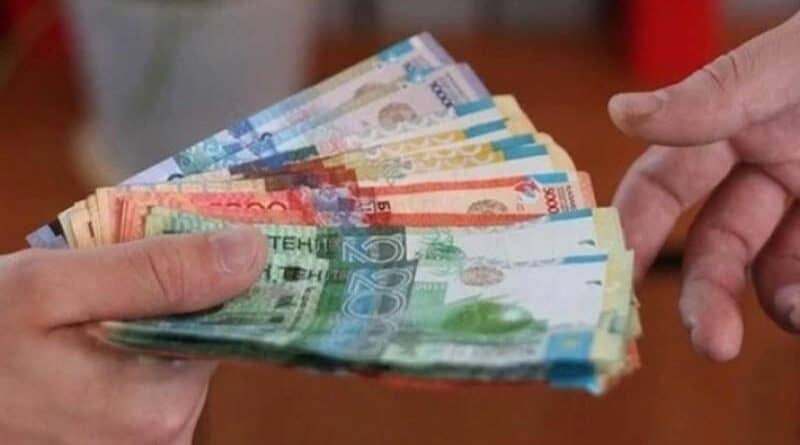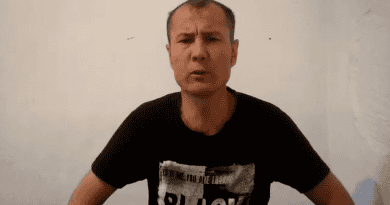The most corrupt structures were revealed in Kazakhstan
From 1.3 to 1300 US dollars, the amount of bribes in Kazakhstan for an informal solution of citizens’ issues in government bodies varies. This figure was derived by experts of the Public Fund “Transparency Kazakhstan” in the framework of the study “Monitoring the state of corruption in Kazakhstan”, implemented with financial support of the UN Development Program.
As follows from the presentation, the study involved 9000 respondents from various cities, regional and district centers of Kazakhstan.
According to the results of the study, the most corrupt structures in the Republic are state hospitals and clinics. According to the respondents, the police took the second place, the third one – the departments of land relations, and the fourth one – state kindergartens. State universities are in the fifth place of the top five. According to 60% of respondents, these five structures are the main sources of corruption.
The list of the 20 most corrupt structures also included military commissariats, state schools and colleges, courts, tax departments, the migration police, customs authorities, prosecutors and others.
At the same time, respondents noted that most often they have to pay bribes for treatment, employment, obtaining land plots, placing a child in kindergarten, discharging liability for traffic violations, entering a university, deferment of military service, and execution of a state child benefit.
As for the regions of the Republic where corruption is most developed, the leaders were Zhambyl, Atyrau, Almaty, Mangistau, Karaganda and Kyzylorda regions, as well as the city of Almaty.
According to the entrepreneurs who participated in the survey, the most corrupt regions are the cities of Almaty, Nur-Sultan, Shymkent, as well as Almaty, Mangistau, Karaganda, Atyrau and Kyzylorda regions.
“It is worth noting that the involvement of respondents in corruption is not affected by the frequency of appeals, but by the degree of interest of the recipient in the service,” the study says. “Two-thirds of the respondents said that if an employee of any department wants to receive a bribe, then he will deliberately delay the resolution of the issue, show red tape, exceed official powers. Interviewees noted that more often an agreement on an informal solution was reached at the level of department specialists. Moreover, the amount of bribes varies from 1.3 to 1300 US dollars.”
It is noted that most often the amount of a bribe is about $26, and half of all corruption rewards do not exceed the amount of $100.
“Most corruption cases occurred within the walls of the police, state hospitals and clinics, the tax department, when contacting private bailiffs and companies with state participation,” the study said. “The most common practice is red tape, negligence, formalism, providing vague answers, inaction when investigating fraud, theft, abuse of authority, incompetence.”
After analyzing all the responses of the respondents, the specialists of the Fund “Transparency Kazakhstan” came to the conclusion that the level of corruption in Kazakhstan is decreasing.
“54.4% of respondents, or every second, believe that over the past year the number of corruption cases in their locality has more likely decreased,” the study concludes. “23.9% believe that the number of corruption cases in their community was increased. 21.7% found it difficult to assess the changes. Nevertheless, the general perception of corruption in the country remains at a significant level. The share of those who believe that it is possible to resolve issues in the country without resorting to corruption schemes (35.8%) is two times lower than the total share of those who believe that corruption is an integral part of daily practices in Kazakhstan (56.3%).”
“Transparency Kazakhstan” is the national branch of the International organization “Transparency International”. This non-governmental, non-profit organization is working in the field of controlling corruption, contributes to greater transparency of the government and society.




